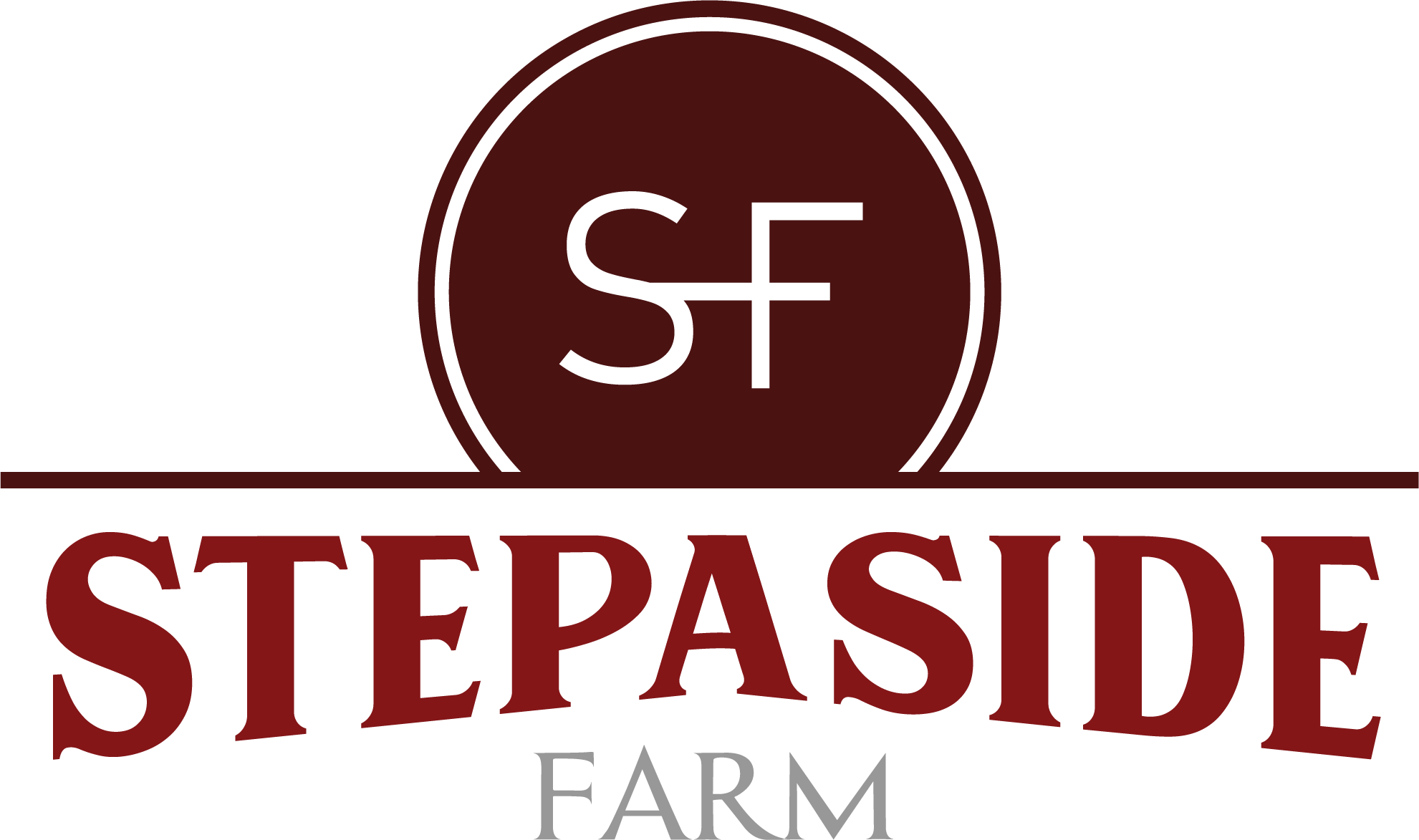Every year we bring in a new batch of babies—thoroughbred horses, that is—and get them ready for the track It’s hard to describe just how much work it is to take these energetic young animals from fearful to confident.
This year we have five babies—three colts and two fillies. Three of them came from our breeding program in Kentucky. We wanted to purchase just one colt at the sales, but ended up with two to keep the first company. We don’t like to turn them out solo—they are are much happier in company. Anyway, five horses means an earlier start to get everyone their workout by mid-morning so we can keep up with all the other farm chores.
At 6:00 am, we start. One of the things we do first is lunging in the arena. If you’ve never heard this term before, it involves putting the horse on a long line and moving them around in a circle. It’s a great way for the young ones to work off extra energy (because they have a lot), but also to teach them to follow commands.
For us, breaking horses is about teaching them the ropes without stressing them out. Horses are prey in the wild and are naturally fearful of things that seem unfamiliar and thus dangerous (even when we know they aren’t). We focus on gradually introducing them to new things so they become less skittish and more brave.
For example, you wouldn’t just throw a saddle on a young horse and expect it to go well. This year, we’ve tried lunging the babies with a blanket on. The blanket is light and soft, and they quickly get used to the feeling of a little weight on their back and around their body.
When we lunge them in training, the blanket flaps and moves and they quickly learn it’s not scary or dangerous. Then, when we add the weight of the saddle, the horses are more accepting of the new equipment. Gradually, they take on weight and a rider, but we do this slowly, step by step, in a way that helps them feel more at ease.
Another part of their training is ground driving. Using long reins, the saddle and the bridle, we walk behind the horse, getting them used to the feel of the tack on their body. From the ground, we can teach the horse important commands even before they’re ready to be ridden. All of this is unfamiliar to them at first, but by taking small steps, you get a safer, more confident animal. Starting with basics and being sure they have learned each step before going on to the next, eventually you are riding. The education they need to carry a rider, work and follow commands is necessary to get a horse prepared to go to the track.
The trainer at the track takes it from there. When they finally run in a race, it’s a such feeling of accomplishment because you know you started them from the beginning. Breaking horses a lot of work—especially this year—but it’s really rewarding.
